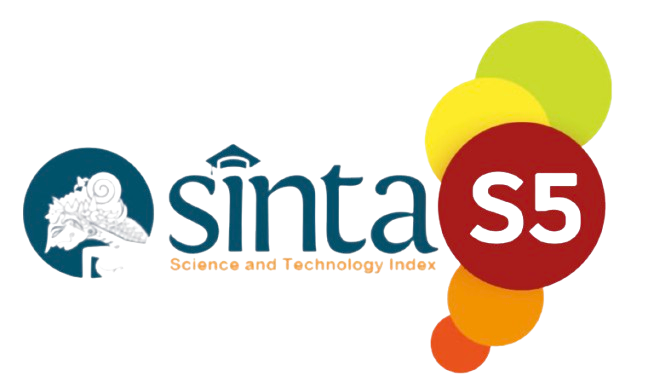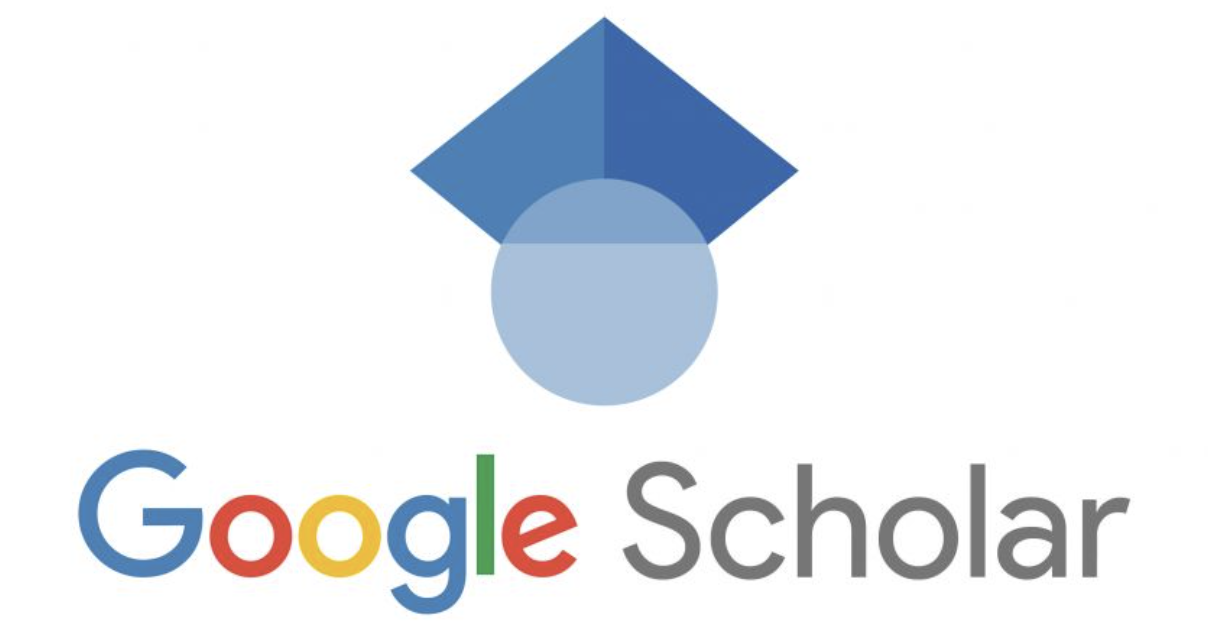The Effect of Subtitled Videos Combined with the Flipped Classroom Method on Students’ Reading Comprehension
DOI:
https://doi.org/10.52217/ijlhe.v8i2.1915Keywords:
English as a Foreign Language, Flipped Classroom Method, Reading Comprehension, Subtitled VideosAbstract
This study aims to explore the effect of integrating subtitled videos with the flipped classroom method on students' reading comprehension. This is because many Indonesian students still face challenges due to limited vocabulary, poor grammar mastery, and low motivation, even though reading comprehension plays a crucial role in English language acquisition. A quasi-experimental design was used in this study, involving two groups of eleventh-grade students at SMA Negeri 1 Seririt. The two groups were an experimental group treated with subtitled videos using the flipped classroom method and a control group receiving traditional printed text instruction. The findings of this study showed a statistically significant difference in post-test scores between the two groups, with the experimental group being higher than the control group. Thus, the implementation of subtitled videos allows students to access the content repeatedly and engage visually and textually. Meanwhile, the flipped classroom approach increases students' active participation and self-directed learning. These results indicate that combining subtitled videos with flipped classroom instruction effectively improves reading comprehension. Also, these results demonstrate the potential of student-centered, multimedia-enhanced strategies to enrich language learning and offer practical implications for future instructional design.
References
Andewi, W., & Hastomo, T. (2022). Effect of using flipped classroom for teaching writing based on students’ motivation: A quasi-experimental research. Premise: Journal of English Education and Applied Linguistics, 11(3), 615–631. https://doi.org/10.24127/pj.v11i3.5511
Andini, R. U., & Ratmanida. (2019). Teaching reading through “the power of two” strategy for senior high school students. Journal of English Language Teaching, 8(1), 33–41. http://ejournal.unp.ac.id/index.php/jelt
Budasi, I. G., Ratminingsih, N. M., Agustini, K., & Risadi, M. Y. (2020). Power point game, motivation, achievement: The impact and students’ perception. International Journal of Instruction, 13(4), 509–522. https://doi.org/10.29333/iji.2020.13432a
Diarsini, M. S., Artini, L. P., Padmadewi, N. N., Ratminingsih, N. M., Utami, I. G. A. L. P., & Marsakawati, N. P. E. (2022). Challenges and opportunities of online assessment implementation during COVID-19 pandemic in Indonesia based on recent studies. European Journal of Education and Pedagogy, 3(6), 82–88. https://doi.org/10.24018/ejedu.2022.3.6.421
E, Y. A., Rafli, Z., & Nuruddin, N. (2022). Teaching reading by collaborative strategic reading: An action research. English Review: Journal of English Education, 10(2), 465–474. https://doi.org/10.25134/erjee.v10i2.6247
Enggar, Y., & Wibowo, W. (2020). An analysis of English teachers’ strategies in teaching reading comprehension. JALL (Journal of Applied Linguistics and Literacy), 4(1). https://jurnal.unigal.ac.id/index.php/jall/index
Fahmi, R. (2020). The use of flipped classroom model in reading comprehension. JALL (Journal of Applied Linguistics and Literacy), 4(1), 77–94. https://jurnal.unigal.ac.id/index.php/jall/index
Fitri, D., & Ma’rifah, U. (2022). The use of subtitled video animation to improve students’ vocabulary at Ban Erawan School Thailand. English Education Journal, 12(4), 526–537. http://journal.unnes.ac.id/sju/index.php/eej
Francia, A. F., Sandino, M., & Andrey, T. (2024). Senior high school learners’ reading comprehension level on select subtitled movies. Psychology and Education: A Multidisciplinary Journal, 19(9), 1823–2024. https://doi.org/10.5281/zenodo.11194500
Gilakjani, A. P., Leong, L.-M., & Sabouri, N. B. (2012). A study on the role of motivation in foreign language learning and teaching. International Journal of Modern Education and Computer Science, 4(7), 9–16. https://doi.org/10.5815/ijmecs.2012.07.02
Hoshang, S., Hilal, T. A., & Hilal, H. A. (2021). Investigating the acceptance of flipped classroom and suggested recommendations. Procedia Computer Science, 184, 411–418. https://doi.org/10.1016/j.procs.2021.03.052
Irkinovich, N. R., & Izatullaevna, I. I. (2022). Methods for teaching reading. Journal of Pedagogical Inventions and Practices, 15, 47–50. https://zienjournals.com
Kultsum, U., Dewi, R. S., & Nadrah, N. (2022). Teaching reading for young students: A case study at elementary students in Ciputat, South Tangerang. Journal of Early Childhood Education (JECE), 3(2), 90–104. https://doi.org/10.15408/jece.v3i2.23644
Kusuma, I. P. I. (2022). How does a TPACK-related program support EFL pre-service teachers’ flipped classrooms? LEARN Journal: Language Education and Acquisition Research Network, 15(2), 300–325. https://so04.tci-thaijo.org/index.php/LEARN/index
Låg, T., & Sæle, R. G. (2019). Does the flipped classroom improve student learning and satisfaction? A systematic review and meta-analysis. AERA Open, 5(3). https://doi.org/10.1177/2332858419870489
Maharsi, I., Wijayanti, Y. R., & Astari, T. R. (2021). Evaluating flipped classroom approach in EFL students’ reading classes. LLT Journal: Journal on Language and Language Teaching, 24(1), 92–102. https://doi.org/10.24071/llt.v24i1.2768
Maizarah, & Purwanti, S. E. (2023). Teaching reading strategy for young learners. English Journal of Indragiri, 7(1), 188–205. https://ejournal.unisi.ac.id/index.php/eji/
Malakul, S., & Park, I. (2023). The effects of using an auto-subtitle system in educational videos to facilitate learning for secondary school students: Learning comprehension, cognitive load, and satisfaction. Smart Learning Environments, 10(1), 1–17. https://doi.org/10.1186/s40561-023-00224-2
Milaham, S. B. (2022). Analysis of some common reading strategies used by teachers in teaching reading comprehension skills to students with reading disabilities in secondary schools in Nigeria. Journal of Educational Research in Developing Areas, 3(3), 255–265. https://doi.org/10.47434/jereda.3.3.2022.255
Nakamura, S., & Spring, R. (2020). How watching subtitled YouTube videos can affect EFL listening and reading abilities. Teaching English through Multimedia: ATEM Journal, 23, 3–16. https://doi.org/10.24499/atemnew.25.0_3
Nguyen, T. L. P. (2022). Teachers’ strategies in teaching reading comprehension. International Journal of Language Instruction, 1(1), 19–28. https://doi.org/10.54855/ijli.22113
Özkan Kırmızı, & Kömeç, F. (2019). The impact of the flipped classroom on receptive and productive vocabulary learning. Journal of Language and Linguistic Studies, 15(2). http://www.jlls.org
Padmadewi, N. N., Artini, L. P., Ratminingsih, N. M., & Trika Adi Ana, I. K. (2023). Elementary school teachers’ readiness in teaching technology-based literacy. International Journal of Elementary Education, 7(2), 299–310. https://doi.org/10.23887/ijee.v7i2.61675
Phoeun, M., & Sengsri, S. (2021). The effect of a flipped classroom with communicative language teaching approach on undergraduate students’ English speaking ability. International Journal of Instruction, 14(3), 1025–1042. https://doi.org/10.29333/iji.2021.14360a
Safiyeh, H. A., & Farrah, M. (2020). Investigating the effectiveness of flipped learning on enhancing students’ English language skills. English Review: Journal of English Education, 9(1), 193–204. https://doi.org/10.25134/erjee.v9i1.3799
Samiei, F., & Ebadi, S. (2021). Exploring EFL learners’ inferential reading comprehension skills through a flipped classroom. Research and Practice in Technology Enhanced Learning, 16(1), 1–18. https://doi.org/10.1186/s41039-021-00157-9
Saraswati, N. M. S. D., Ratminingsih, N. M., & Utami, I. A. L. P. (2020). Students’ and teachers’ perception on reward in online English teaching context. Journal of Educational Research and Evaluation, 4(3), 307–314. https://ejournal.undiksha.ac.id/index.php/JERE
Sari, R. A., Santosa, H., Padmadewi, N. N., Ratminingsih, N. M., Nitiasih, P. K., Budasi, G., & Asing, J. B. (2023). Readiness of Gen-X English high school teachers in integrating teaching with technology. Journal of Education Technology, 7(2), 361–371. https://doi.org/10.23887/jet.v7i2.58
Schneider, B., & Blikstein, P. (2016). Flipping the flipped classroom: A study of the effectiveness of video lectures versus constructivist exploration using tangible user interfaces. IEEE Transactions on Learning Technologies, 9(1), 5–17. https://doi.org/10.1109/TLT.2015.2448093
Supangesti, P., Sutapa, G., & Salam, U. (2020). Using video subtitles to improve students’ reading comprehension in narrative texts. Jurnal Pendidikan Dan Pembelajaran, 7(5), 1–12. https://doi.org/10.26418/jppk.v7i5.25522
Ting-ting, W. (2024). The application of reading circles model in English reading teaching in senior middle school. Global Research in Higher Education, 7(2), 11. https://doi.org/10.22158/grhe.v7n2p11
Widyari, N. K. R., Ratminingsih, N. M., & Saputra, I. N. P. H. (2022). Teaching reading with KWL strategy during online learning. Journal of Educational Study, 2(2), 177–186. https://doi.org/10.36663/joes.v2i2.350
Wiranata, A., Arisanti, K., & Hasanah, S. (2023). The impact of a flipped classroom on reading comprehension in students. Journal of Education and Technology, 6(4), 446–454.
Zheng, Y., Ye, X., & Hsiao, J. H. (2022). Does adding video and subtitles to an audio lesson facilitate its comprehension? Learning and Instruction, 77, 101542. https://doi.org/10.1016/j.learninstruc.2021.101542














